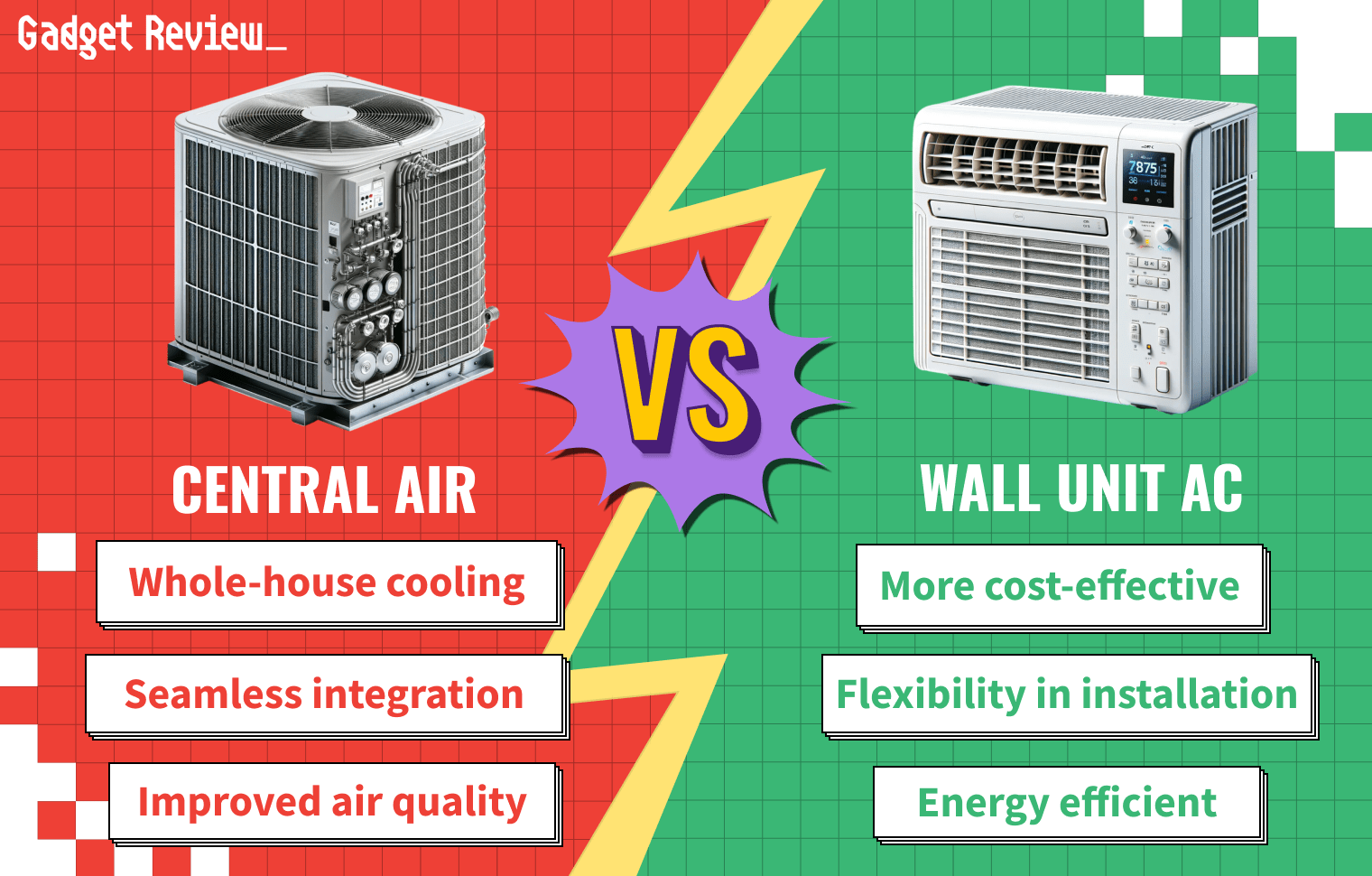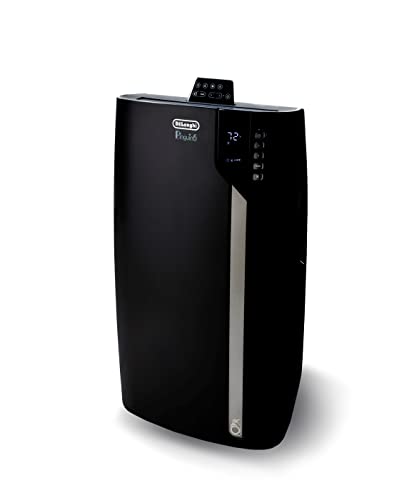When it comes to heating and cooling solutions for homes and commercial buildings, the choice between Variable Refrigerant Flow (VRF) systems and mini-split systems is pivotal. Both systems offer energy-efficient heating and cooling solutions but cater to different needs and spaces. Understanding the differences, capacity, and application of each system is crucial in identifying the best air conditioner that ensures comfort, energy savings, and suitability for the intended space, whether it’s a compact office space or a sprawling commercial facility.
Key Takeaways_
- VRF air conditioning systems are usually better for commercial spaces with more square footage than most homes.
- Split air conditioners are generally ductless and thus better for residential spaces with less infrastructural space. Compare a multi-split air conditioner vs a single split to see for yourself.
- A VFR system with heat recovery can simultaneously heat and cool different spaces in the same building, while split systems typically can’t.
The Differences Between VRF and Split Air Conditioners
The main difference between VRF and mini-split systems lies in their capacity and complexity. VRF systems offer a higher cooling capacity and more sophisticated control for commercial applications, while mini-splits provide a simpler, more cost-effective solution for smaller spaces.
When considering a multi-split air conditioner vs single-split, it’s important to note that multi-split systems can connect multiple indoor units to a single outdoor unit, similar to VRF systems, but are typically used in residential or smaller commercial settings.
VRF systems require specialized installation techniques and are more complex to install due to their larger size and the integration of multiple indoor units. Mini-splits, with their less invasive installation process, offer a quicker and less disruptive setup.

The initial cost of VRF systems is typically higher due to their complexity and the need for professional installation. Mini-split systems, on the other hand, offer a more affordable upfront cost, making them a popular choice for residential applications.
VRF systems are lauded for their energy efficiency and flexibility in commercial building applications but come with higher installation complexity and initial costs. Mini-splits offer ease of installation and lower upfront costs but may not be suitable for larger buildings due to their limited capacity.
Understanding VRF Systems
Variable Refrigerant Flow (VRF) systems, known for their precise control over the flow of refrigerant, are synonymous with efficiency in large-scale applications.

These systems adjust the refrigerant flow to individual indoor units, offering customized heating and cooling solutions across different zones within a commercial building.
In the debate of heat pump vs AC, VRF systems often incorporate heat pump technology, allowing for efficient heating and cooling in a single system, which is particularly beneficial in climates with mild winters.
How VRF Systems Work
VRF systems comprise multiple indoor units connected to a single outdoor unit, allowing for simultaneous heating and cooling in various parts of a building.
This is achieved through sophisticated variable refrigerant flow control, which modulates the volume of refrigerant to meet the specific demands of each occupied space.
insider tip
Upgrading your compressor unit can help make a VRF system up to 50% more effective in terms of cooling power.
Advantages of VRF Systems
The hallmark of VRF HVAC systems is their energy efficiency and adaptability. They are ideal for larger buildings where the need for different temperatures in distinct spaces is common. The system’s ability to provide heat recovery systems further enhances its energy-saving potential.
STAT: VRF systems are between 20% and 30% more efficient than conventional HVAC systems. (source)
Common Applications of VRF Systems
VRF systems are predominantly used in commercial spaces such as office buildings, retail spaces, and multi-family housing. Their capacity to handle large square footage with precise temperature control makes them a preferred choice for facilities requiring complex HVAC solutions.
Exploring Mini-Split Systems
Mini-split systems, known for their compact size and flexibility, consist of an outdoor compressor unit connected to indoor evaporator units via copper tubing. These systems are ideal for smaller spaces that require individualized air conditioning or heating.

Operation of Mini-Split Systems
Unlike VRF systems, mini-splits are typically used in residential buildings or small commercial businesses where the heating and cooling needs are less complex. Each indoor unit operates independently, providing direct comfort to the specific area it serves.
When determining how many BTUs your air conditioner needs for a mini-split system, it’s essential to consider the size of the space and the specific heating and cooling requirements to ensure efficient and effective climate control.
Benefits of Mini-Split Systems
The allure of mini-split systems lies in their ductless design, which reduces energy loss associated with duct systems. Their ease of installation and lower upfront costs make them an attractive option for homes and small office spaces.
Due to their ductless nature and individual control, mini-split systems are perfect for single-room applications, additions to homes, or small commercial spaces where installing extensive ductwork is impractical.
Choosing the Right System for Your Needs
Selecting between a VRF and mini-split system requires careful consideration of the size of the space, the structure of the building, and the specific heating and cooling needs.
For larger commercial facilities with variable heating and cooling demands across different zones, VRF systems provide simultaneous heating and cooling across multiple zones to maximize comfort and energy efficiency.
warning
VRF systems are more suited to larger commercial spaces than small residential spaces, where their superior power and performance would be wasted and not cost-effective.
Mini-split systems, with their compact size and lower energy consumption, shine in home additions, small offices, and multi-family units, where their simplicity and cost-effectiveness meet the needs of individual spaces.
Ultimately, the choice between VRF and mini-split systems hinges on understanding the unique needs of your space.
VRF systems offer unparalleled efficiency and control for larger commercial applications, while mini-split systems provide a simple, cost-effective solution for smaller, individual spaces.
By considering factors such as space size, application, and desired energy efficiency, you can make an informed decision that ensures optimal comfort and energy savings for your facility or home.
































